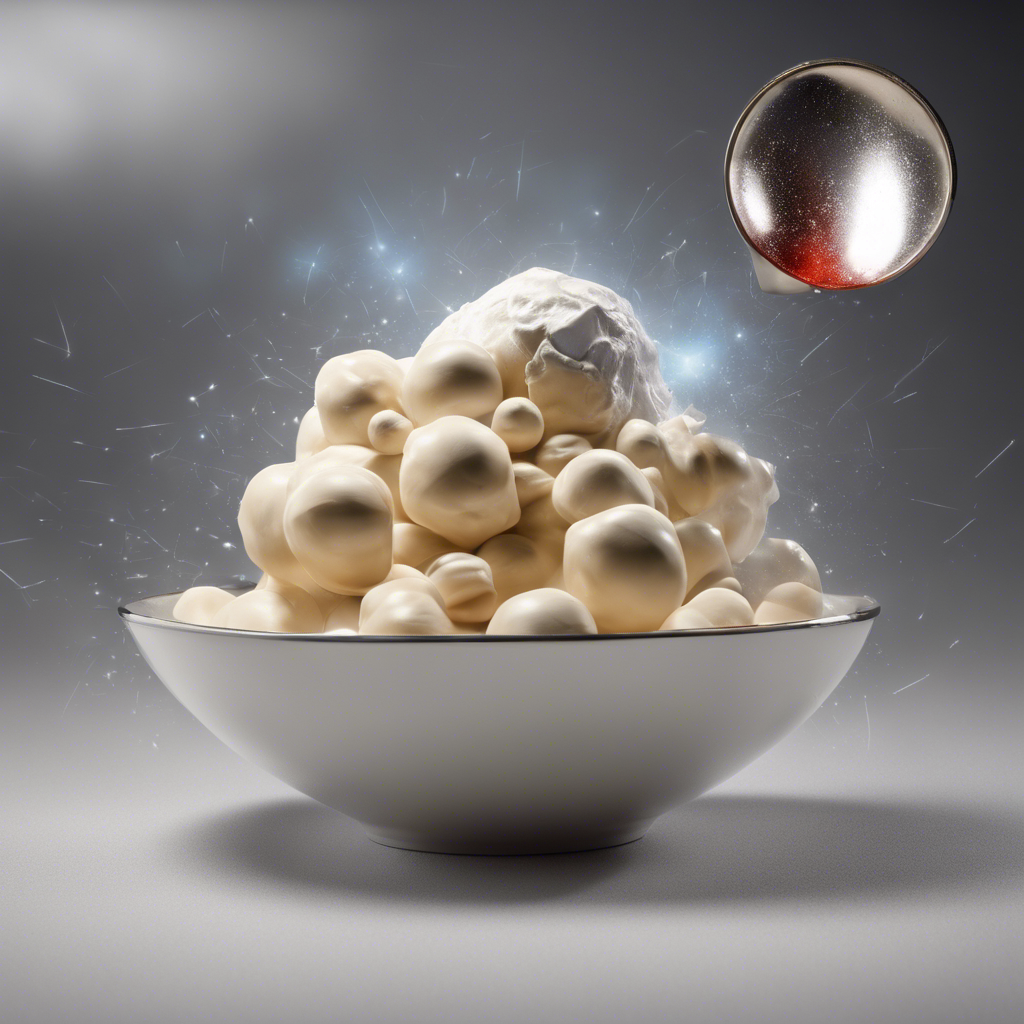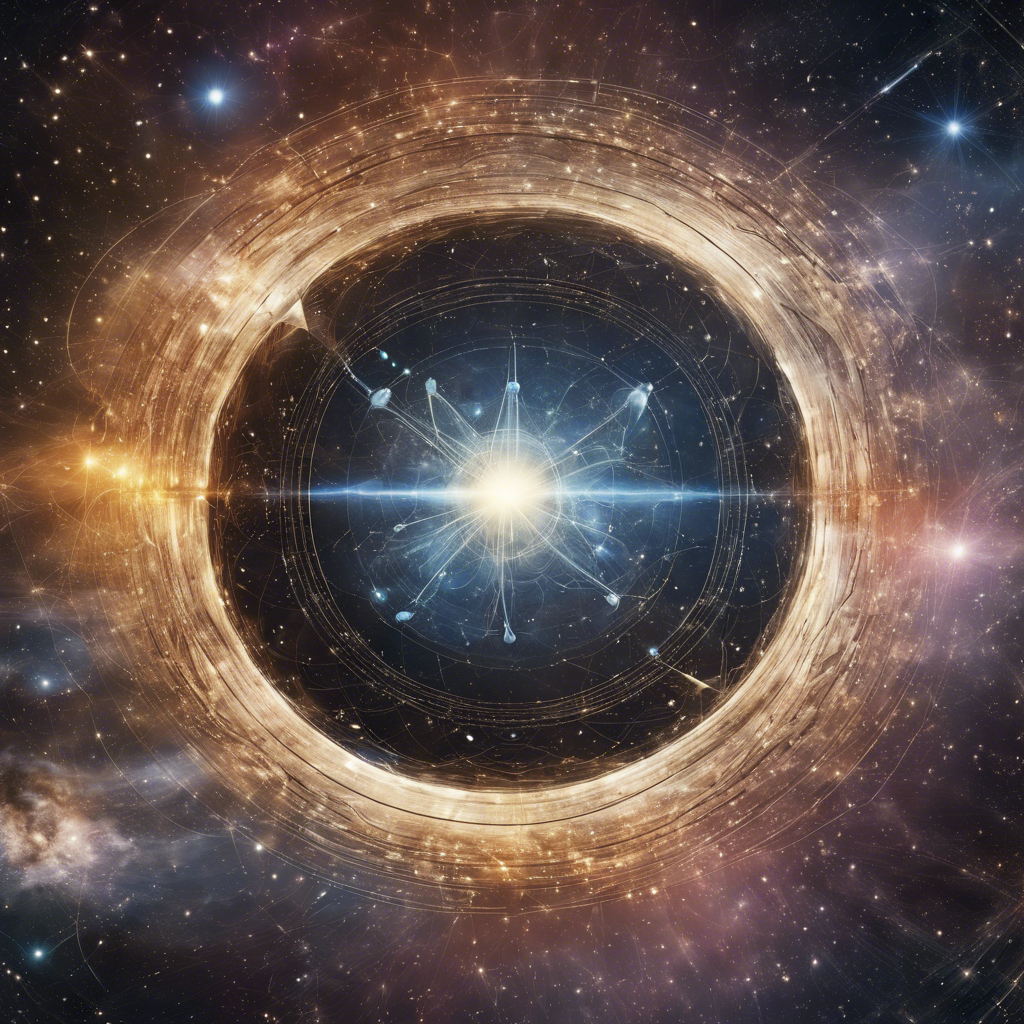A measurement of the charge radius of an aluminum nucleus probes the assumption that there are only three families of quarks.
The standard model of particle physics, which describes the fundamental building blocks of matter, posits the existence of six known quarks divided into three families. However, the possibility of a fourth family of quarks remains open. To answer this fundamental question, scientists at CERN in Switzerland, led by Peter Plattner, have conducted a groundbreaking experiment that could shift our understanding of the quark picture.
The Matrix Element and the CKM Matrix
In the standard model, quarks can oscillate among their different flavors, a phenomenon that is crucial in processes like beta decay. The rate of beta decay depends on a matrix element called Vud, which represents the transformation of an up quark into a down quark. When all the matrix elements for different combinations of quarks are combined, they form the Cabibbo-Kobayashi-Maskawa (CKM) matrix. If the CKM matrix is unitary, it implies that the standard model is complete. However, any deviation from unitarity could indicate the need for a fourth family of quarks.
Precise Measurements of Vud
The most experimentally accessible quark is the up quark, making it the ideal candidate for testing the unitarity of the CKM matrix. The largest and most precisely known matrix element involving the up quark is Vud. However, the uncertainty in Vud remains a significant factor in determining the overall uncertainty in the sum. Vud cannot be directly measured but must be extracted from beta-decay rate measurements, which need to be corrected for various nuclear and atomic factors. Recent efforts have focused on measuring the beta-decay rates of certain radioactive nuclei, such as the long-lived excited state of aluminum-26 (26mAl).
The Importance of 26mAl
The isomer of aluminum-26, 26mAl, has one of the most precisely measured beta-decay rates, making it crucial in constraining Vud. However, determining the charge radius of 26mAl accurately has been challenging due to its short half-life and low production. To overcome these obstacles, Plattner and his team carried out two separate experiments using different nuclear reactions to generate and extract 26mAl. These experiments, conducted at CERN’s ISOLDE facility and the University of Jyväskylä in Finland, allowed the researchers to extract a more precise value for the charge radius of 26mAl.
Shifting Towards Unitarity
By obtaining a more accurate measurement of the charge radius of 26mAl, Plattner and his colleagues were able to assess its impact on the unitarity of the CKM matrix. They found that the new value shifted the top row of the matrix closer to unitarity. While the difference from 1 is still within the margin of error, this result highlights the potential significance of a single measurement in shaping our understanding of quark families.
Further Investigations and Conclusive Answers
While the findings by Plattner and his team provide valuable insights, further exploration is needed to determine whether there is indeed a fourth family of quarks. Experimental nuclear physicists should continue to investigate other observables involved in determining Vud, such as the charge radius of the ground-state 26Al. Additionally, accurate determination of the charge distribution of various isotopes is crucial in refining our understanding of quark families.
Conclusion:
The measurement of the charge radius of 26mAl has shed new light on the unitarity of the CKM matrix and the existence of a fourth family of quarks. While the results indicate a shift closer to unitarity, more experimental results are needed to draw a conclusive answer. The quest to unravel the mysteries of the quark picture continues, with scientists pushing the boundaries of our understanding of the fundamental particles that make up the universe.











